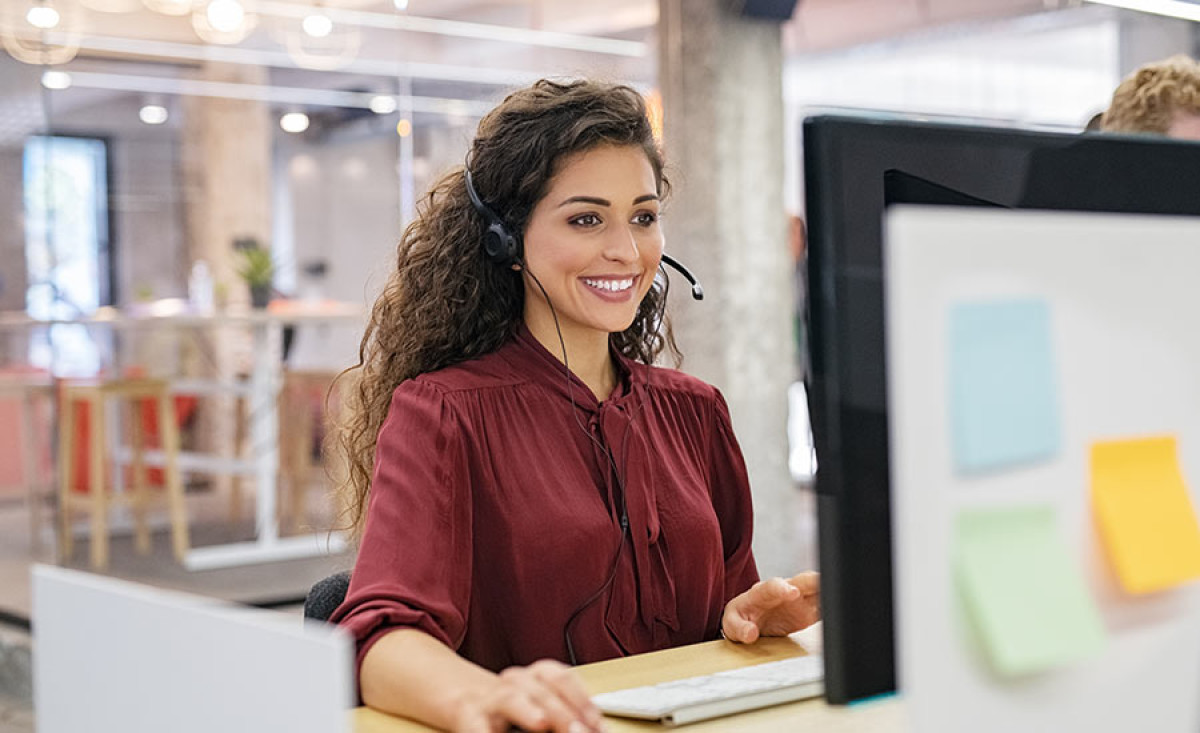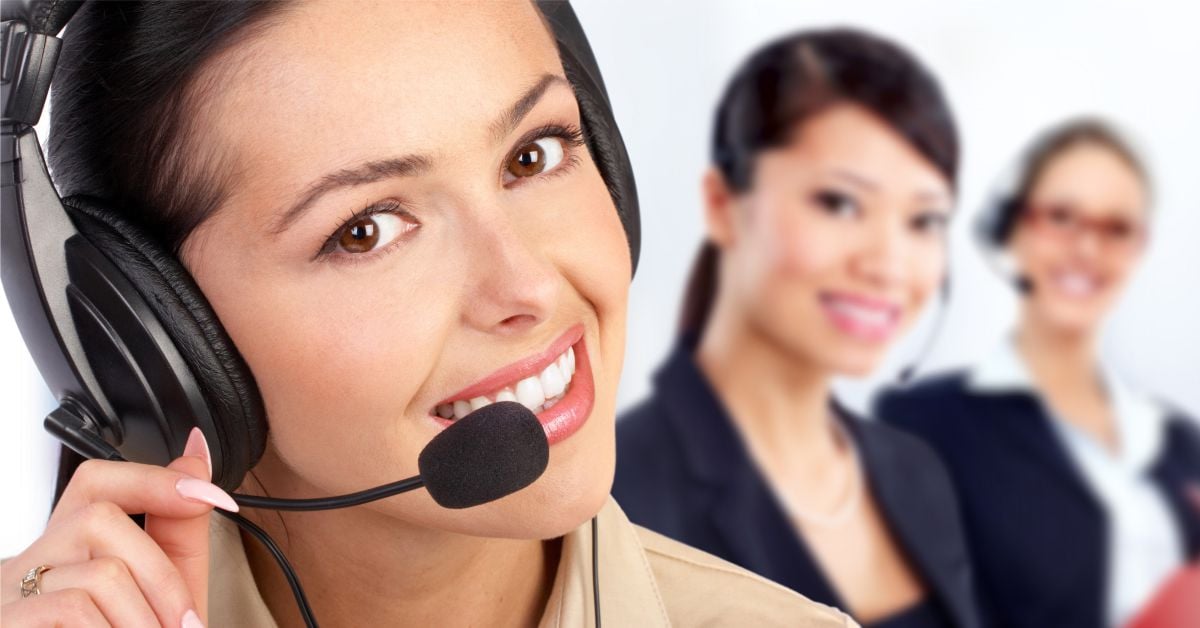All Categories
Featured
Table of Contents
- – What Is The Best Answering Services On The Market
- – The Best 17 Reasons Why You Need A Telephone A...
- – What Is The Best 5 Mistakes To Avoid When Hiri...
- – What Is The Best Virtual Receptionist Perth -...
- – Who Is The Best How Outsourced Phone Answerin...
- – What Is The Best 10 Sectors That Can Benefit...
What Is The Best Answering Services On The Market
This gadget and its successors were created by Sava Jacobson, an electrical engineer with a personal consulting company. While early voice mail used magnetic tape technology, the majority of modern-day devices uses solid state memory storage; some gadgets use a mix of both, with a solid-state circuit for the outgoing message and a cassette for the inbound messages.
"toll saving" listed below) (phone answering). This works if the owner is screening calls and does not want to talk to all callers. In any case after going, the calling party ought to be notified about the call having actually been addressed (in many cases this begins the charging), either by some remark of the operator, or by some greeting message of the little bit, or addressed to non-human callers (e.
This holds specifically for the TADs with digitally saved welcoming messages or for earlier machines (prior to the rise of microcassettes) with an unique limitless loop tape, separate from a second cassette, devoted to recording. There have actually been answer-only gadgets with no recording capabilities, where the greeting message needed to notify callers of a state of current unattainability, or e (phone call answering).
The Best 17 Reasons Why You Need A Telephone Answering Service Service?

about availability hours. In tape-recording Little bits the welcoming normally contains an invite to leave a message "after the beep". A voice mail that utilizes a microcassette to tape messages On a dual-cassette answerphone, there is an outgoing cassette, which after the specified variety of rings plays a pre-recorded message to the caller.

Single-cassette answering makers contain the outbound message at the beginning of the tape and incoming messages on the staying area. They initially play the statement, then fast-forward to the next offered space for recording, then record the caller's message. If there are numerous previous messages, fast-forwarding through them can trigger a considerable hold-up.
This beep is typically described in the welcoming message, requesting that the caller leave a message "after the beep". Littles with digital storage for the tape-recorded messages do disappoint this hold-up, of course. A little might offer a push-button control center, where the answerphone owner can sound the home number and, by going into a code on the remote telephone's keypad, can listen to tape-recorded messages, or delete them, even when away from home.
What Is The Best 5 Mistakes To Avoid When Hiring A Phone Answering Service Out

Consequently the device increases the number of rings after which it addresses the call (normally by two, leading to four rings), if no unread messages are currently stored, however answers after the set variety of rings (typically two) if there are unread messages. This permits the owner to learn whether there are messages waiting; if there are none, the owner can hang up the phone on the, e.
Some makers also allow themselves to be from another location activated, if they have actually been switched off, by calling and letting the phone ring a specific a great deal of times (generally 10-15). Some service providers desert calls currently after a smaller number of rings, making remote activation difficult. In the early days of Little bits an unique transmitter for DTMF tones (dual-tone multi-frequency signalling) was regionally required for remote control, since the previously utilized pulse dialling is not apt to convey appropriate signalling along an active connection, and the dual-tone multi-frequency signalling was carried out stepwise.
Any inbound call is not identifiable with regard to these properties in advance of going "off hook" by the terminal equipment. So after going off hook the calls need to be changed to proper gadgets and just the voice-type is right away accessible to a human, but perhaps, nevertheless should be routed to a LITTLE (e.
What Is The Best Virtual Receptionist Perth - Local Phone Answering Service On The Market Now
What if I told you that you do not need to really choose up your device when answering a client call? Someone else will. So hassle-free, right? Answering call does not require somebody to be on the other end of the line. Effective automated phone systems can do the technique simply as effectively as a live agent and sometimes even much better.
An automatic answering service or interactive voice action system is a phone system that interacts with callers without a live person on the line - call answering services. When business utilize this technology, customers can get the response to a question about your service simply by using interactions set up on a pre-programmed call flow.
Although live operators update the consumer service experience, numerous calls do not require human interaction. An easy taped message or directions on how a client can recover a piece of info usually fixes a caller's instant requirement - business call answering service. Automated answering services are a simple and reliable way to direct inbound calls to the right person.
Who Is The Best How Outsourced Phone Answering Service Can Help Your ... Service
Notice that when you call a business, either for support or product inquiry, the first thing you will hear is a pre-recorded voice welcoming and a series of options like press 1 for customer support, press 2 for inquiries, and so on. The pre-recorded alternatives branch out to other choices depending on the consumer's choice.
The phone tree system assists direct callers to the right individual or department utilizing the keypad on a cellphone. In some instances, callers can use their voices. It deserves noting that auto-attendant options aren't restricted to the ten numbers on a phone's keypad. When the caller has selected their very first alternative, you can develop a multi-level auto-attendant that utilizes sub-menus to direct the caller to the ideal sort of help.
The caller does not need to interact with an individual if the auto-attendant phone system can manage their concern. The automated service can route callers to an employee if they reach a "dead end" and require assistance from a live agent. It is expensive to work with an operator or executive assistant.
What Is The Best 10 Sectors That Can Benefits From A Phone Answering Service Service In My Area?
Automated answering services, on the other hand, are substantially less pricey and supply considerable cost savings at approximately $200-$420/month. Even if you don't have dedicated personnel to handle call routing and management, an automated answering service improves efficiency by enabling your team to concentrate on their strengths so they can more efficiently invest their time on the phone.
A sales lead routed to customer care is a lost shot. If a client who has item concerns reaches the incorrect department or receives insufficient answers from well-meaning employees who are less trained to handle a specific type of concern, it can be a cause of frustration and discontentment. An automated answering system can decrease the variety of misrouted calls, thus helping your workers make much better use of their phone time while freeing up time in their calendar for other tasks.
With Automated Answering Systems, you can produce a tailored experience for both your personnel and your callers. Make a recording of your primary greeting, and merely upgrade it regularly to show what is going on in your company. You can create as many departments or menu alternatives as you desire.
Table of Contents
- – What Is The Best Answering Services On The Market
- – The Best 17 Reasons Why You Need A Telephone A...
- – What Is The Best 5 Mistakes To Avoid When Hiri...
- – What Is The Best Virtual Receptionist Perth -...
- – Who Is The Best How Outsourced Phone Answerin...
- – What Is The Best 10 Sectors That Can Benefit...
Latest Posts
Reputable Auto-attendant Answering Service Near Me ( Australia)
Answering Service Pricing – NSW
Innovative Live Phone Answering
More
Latest Posts
Reputable Auto-attendant Answering Service Near Me ( Australia)
Answering Service Pricing – NSW
Innovative Live Phone Answering